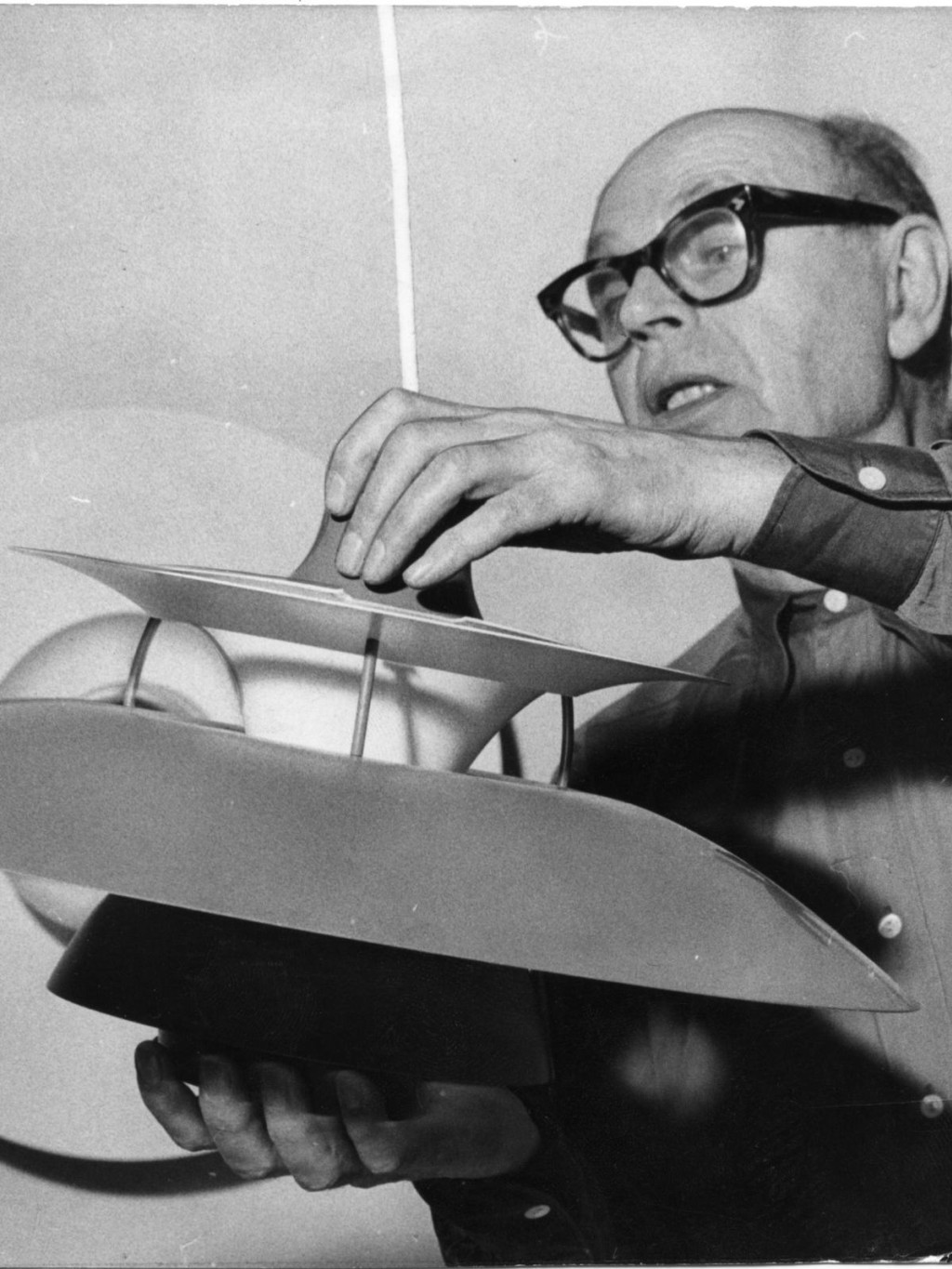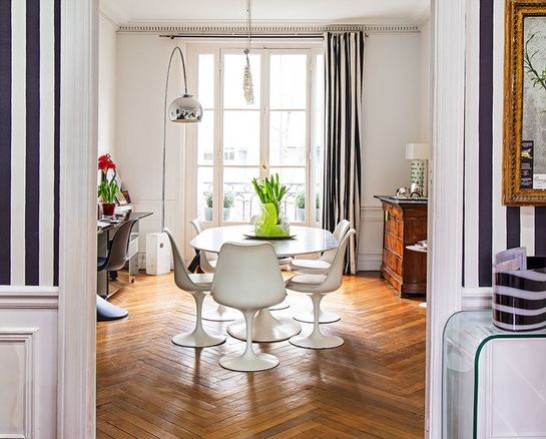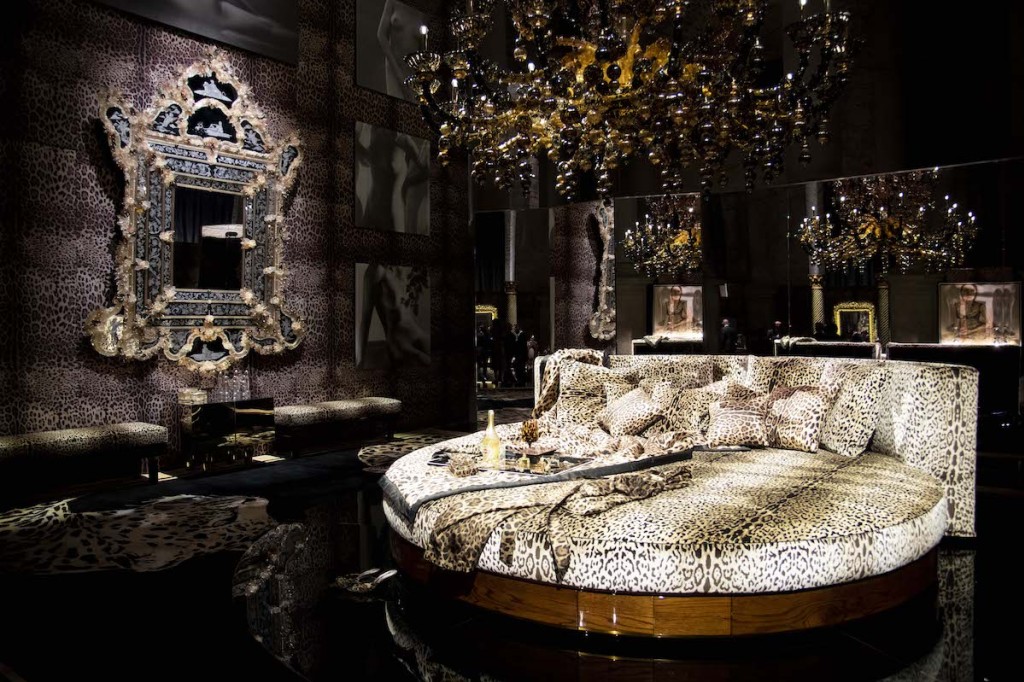When we think of Japanese design, we think of certain iconic objects such as the Kikkoman soy sauce bottle (Kenji Ekuan), the Sony walkman, which in the late 1970s revolutionized the way people listened to music and invaded the American and European markets, or even high-tech products. Yet Japanese design is far from being limited to material and functional aspects alone. At the beginning of the 20thcentury, it took root in the handicraft tradition that was deeply rooted in the country's culture, before gradually assimilating Western techniques, eventually combining heritage and modernity, before becoming avant-garde itself.
The first modern Japanese architects and designers had one thing in common: they came to Europe to train with the great Western masters. With the Bauhaus in particular, Europe was then bubbling with new ideas. Towards the end of the 1920s, 2 great Japanese figures considered among the pioneers of modern architecture and urbanism of Japan, Junzō Sakakura (1901-1969) and Kunio Maekawa (1905-1986), work in the workshop of Le Corbusier. Under the intractable eye of the great Swiss master, they learn the techniques of the time, before returning to their country.

© archeyes

© archeyes

© archeyes
It was, in fact, Junzō Sakakura who suggested to Charlotte Perriand that she become a decorative arts design consultant to the Japanese Ministry of Commerce. Adventurous, Perriand did not hesitate and joined Japan in 1940. From her Japanese adventure, Perriand would draw inspiration from the Japanese DNA of design to design pieces of furniture on her return to France that have become cult.

© ambientedirect

© winkdeco
So what is the DNA of Japanese design? It is largely contained in the Mingei (literally folk art movement) movement launched in 1925 and theorized by Japanese writer, thinker and collector, Sōetsu Yanagi (1889-1961). Inspired by the English Arts Crafts movement, Mingei claims the revival of traditions and the beauty of everyday objects, made of ceramics, wood, lacquer, ironwork, basketry and textiles.
It excludes all decorative and luxurious artifice, in favor of an object that is "natural, sincere and safe." Thus, we find in Japanese design a mixture of craft traditions (bamboo, wood, lacquer) combined with the expression of a clear, pure and simple beauty. In this sense, Japanese design resembles the Scandinavian approach to design of the time, minus the "cozy" and warm side.

© oxfordceramics

© oxfordceramics

2 other prominent figures in Japanese design will gradually succeed in marrying ancient Japanese craft techniques with new innovative processes developed in the West. They are Sōri Yanagi (1915-2011), the son of Sōetsu Yanagi, whose famous Butterfly and Elephant stools toured the world, and Isamu Noguchi (American-Japanese, 1904-1988), internationally known for his Akari lamps, veritable light sculptures, and his Coffee Table.


© ookkuu

© vitra

© vitra
In the second half of the 20thcentury, Japanese designers made little break from Japanese craft tradition and drew inspiration from Western modernism. Organic Scandinavian style is still a source of inspiration, as is the more radical and colorful Italian design of the 1960s. As in Western countries, priority is given to the development of an industry capable of mass producing furniture. Associated with the company Tendo Mokko, the designer Isamu Kenmochi (1912-1971) embodies the creation and definition of Japanese industrial design.

© 1sdibs

© gallery-wa

© gallery-wa
A new generation of designers then came to break the traditional codes of Japanese design; the most creative and daring was undoubtedly Shiro Kuramata (1934-1981), who achieved an international career designing furniture and outdoor architecture. A close friend of Ettore Sottsass, Kuramata did not hesitate to join the Memphis Group adventure in 1981.

© Galerie Wauthier
The Kuramata style? A design imbued with poetry and lightness, a desire to capture the "immaterial", which makes him create singular works, seemingly quite distant from those of his predecessors, but which refer to certain major principles of traditional Japanese culture: sensitivity, elegance, or sensoriality. Most of Kuramata's pieces are limited or rare series.

© designhome

© Wauthier Gallery
From Kuramata's generation, there were others who dared to create original and daring furniture: Masanori Umeda (1941), who was also part of the Memphis adventure, Toshiyuki Kita (1942), whose creative influence spread to become international, Arata Isozaki (1931), and Kazuhide Takahama, who produced for some of the biggest publishers: Knoll, Gavina, BB Italia, ...

© artsy

© architonic

© ideat.thegoodhub

© ideat.thegoodhub
At a closer look, contemporary Japanese design remains vibrant and creative. Born after 1950, Tomoyuki Sogiyama (1954), Shin Azumi (1965), Tokujin Yoshioka (1967) and the youngest Oki Sato (1977) embody the Japanese up-and-comers at the turn of the 21th century. Which, in the end, is hardly surprising for a country whose markets seem doomed to constant innovation.

© lamercanti

© louisvuitton

© huffingtonpost


© ideat.thegoodhub
François Boutard





